In the realm of water management, two essential components stand out for their significant contributions: centrifugal shower pumps and self-priming chemical pumps. These devices play pivotal roles in various industrial, commercial, and residential settings, ensuring efficient water circulation, distribution, and treatment. In this article, we delve into the functionality, applications, and benefits of these pumps, highlighting their importance in modern water systems.
Centrifugal shower pumps are renowned for their ability to generate high-pressure water flow, making them indispensable in boosting water supply for showers, faucets, and other domestic utilities. Utilizing centrifugal force, these pumps propel water outward from the center, creating a forceful stream ideal for showering and similar applications. Their self-priming feature allows them to draw water from a static source, eliminating the need for manual priming and ensuring hassle-free operation.
One of the primary advantages of centrifugal shower pumps is their versatility. They can accommodate varying water pressures and flow rates, adapting to the specific requirements of different plumbing systems. Whether in residential homes, hotels, or recreational facilities, these pumps deliver consistent water pressure, enhancing user experience and comfort.
In industrial settings, centrifugal pumps find extensive use in processes requiring efficient fluid transfer and circulation. From cooling systems in manufacturing plants to wastewater treatment facilities, these pumps play a crucial role in maintaining operational efficiency and productivity. Their robust construction and reliable performance make them indispensable assets in demanding industrial environments.
On the other hand, self-priming chemical pumps are engineered to handle corrosive and abrasive fluids, making them essential for chemical processing, wastewater treatment, and agricultural applications. Unlike conventional pumps, self-priming pumps can evacuate air from the suction line, enabling them to start and operate efficiently even when the fluid level is below the pump inlet.
The chemical compatibility of self-priming pumps makes them suitable for handling a wide range of fluids, including acids, alkalis, solvents, and other corrosive substances. Their ability to withstand harsh operating conditions and corrosive environments makes them invaluable assets in industries such as chemical manufacturing, mining, and agriculture.
Moreover, self-priming chemical pumps offer ease of maintenance and servicing, with user-friendly designs that facilitate quick disassembly and component replacement. This ensures less downtime and reduces the overall cost of ownership, enhancing operational efficiency and profitability.
In wastewater treatment plants, self-priming pumps play a critical role in transferring sewage and effluent to treatment tanks and disposal facilities. Their rugged construction and chemical-resistant materials enable them to handle the harsh and abrasive nature of wastewater, ensuring reliable performance in challenging environments.
In conclusion, centrifugal shower pumps and self-priming chemical pumps are integral components of modern water management systems, offering efficiency, reliability, and versatility across a wide range of applications. Whether in residential, commercial, or industrial settings, these pumps play vital roles in ensuring efficient water circulation, distribution, and treatment. With ongoing advancements in pump technology and design, these essential devices will continue to drive innovation and progress in the field of water management.
As water scarcity becomes increasingly prevalent, the demand for efficient water management solutions escalates. Centrifugal shower pumps and self-priming chemical pumps stand at the forefront of this endeavor, providing reliable performance and adaptability in diverse settings. From conserving water resources in arid regions to enhancing industrial processes, these pumps play a pivotal role in sustainable water utilization. With continuous research and development, the future holds promising advancements in pump technology, further optimizing water distribution, treatment, and conservation practices for generations to come.

 English
English русский
русский Español
Español
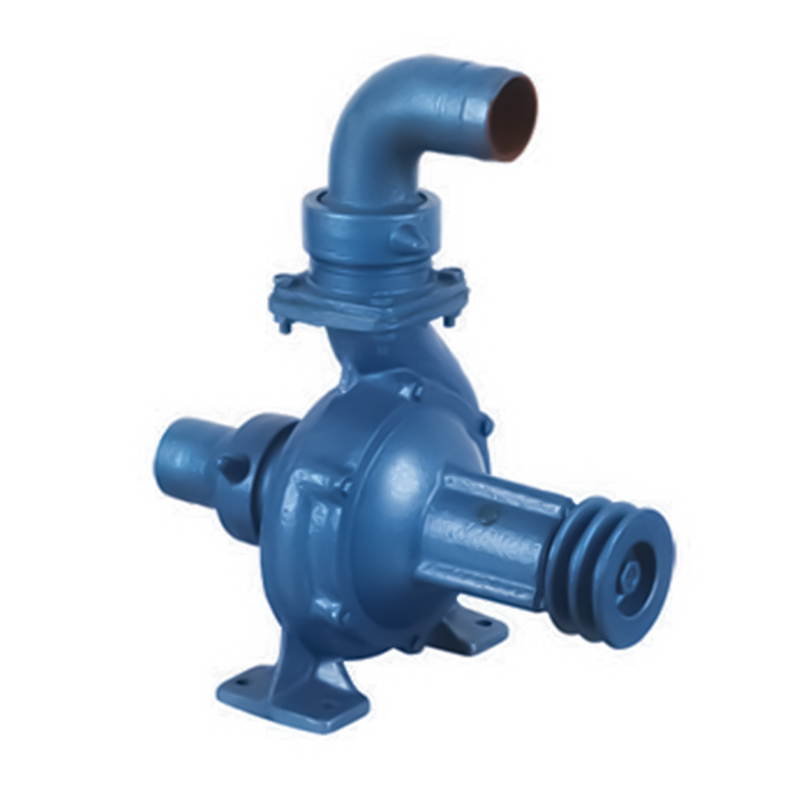
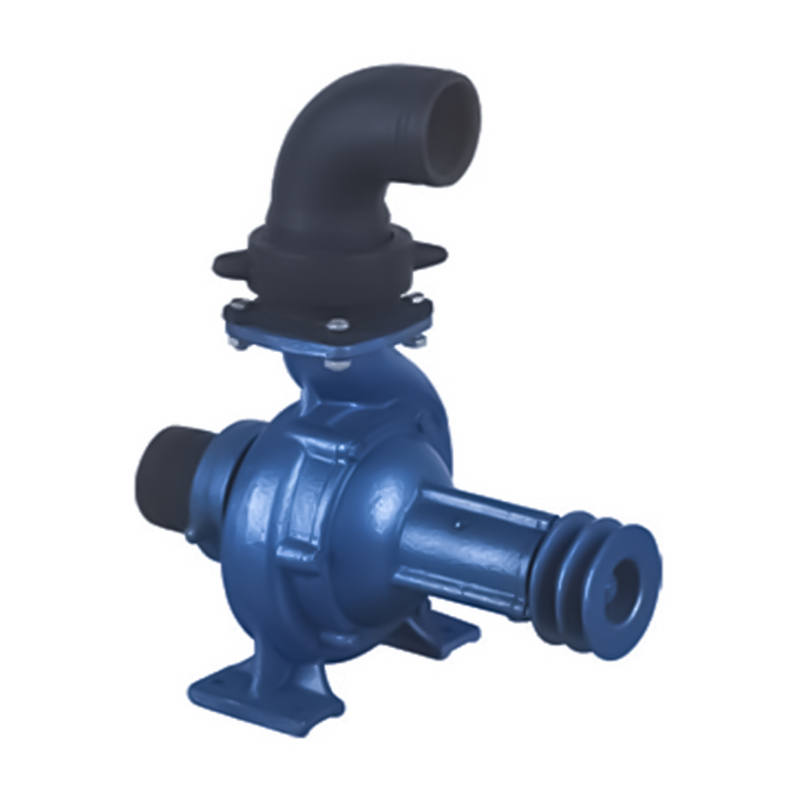

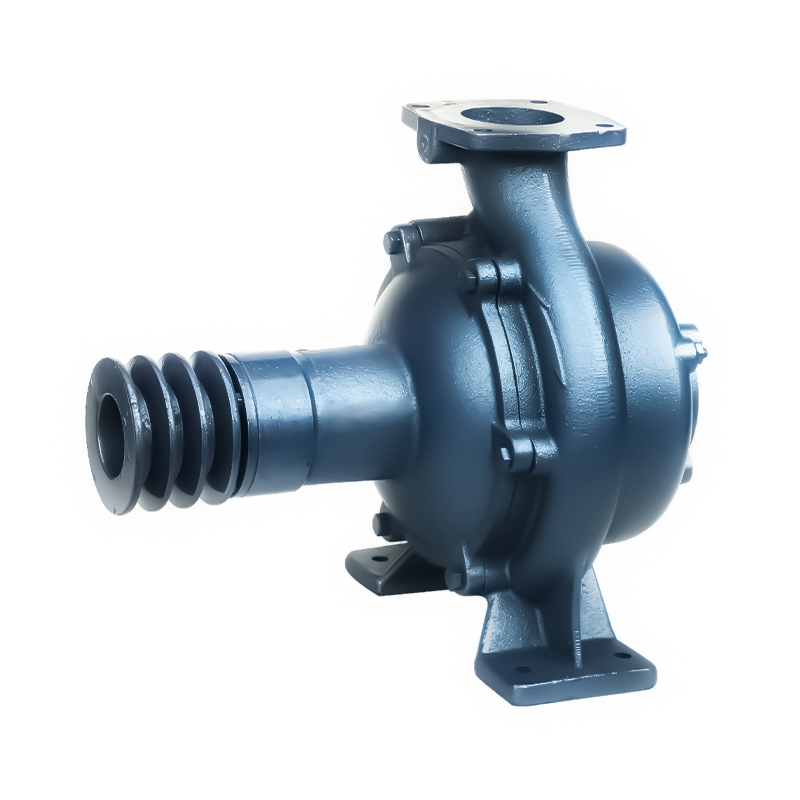
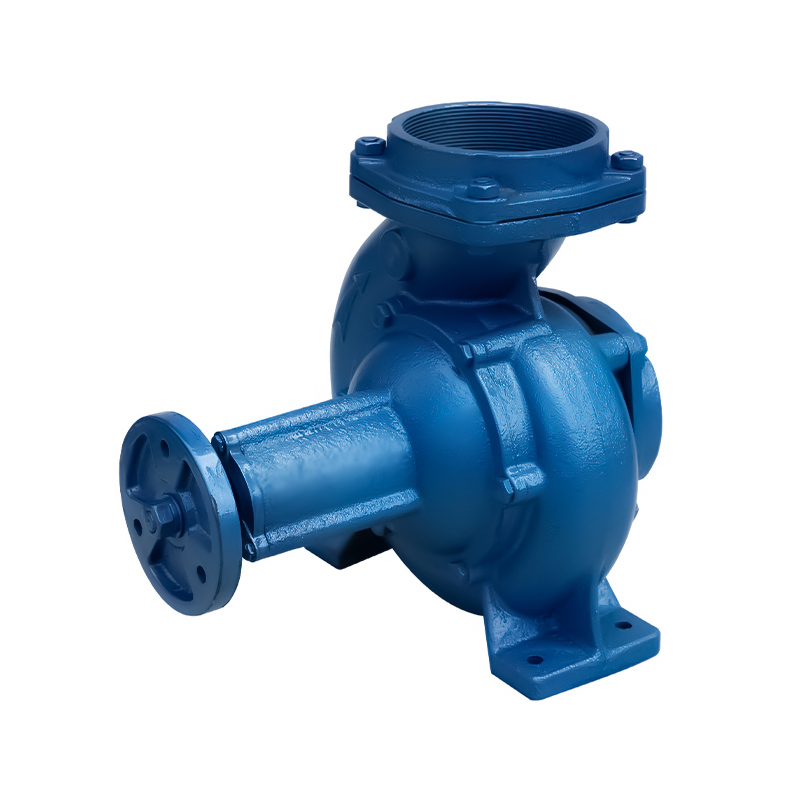
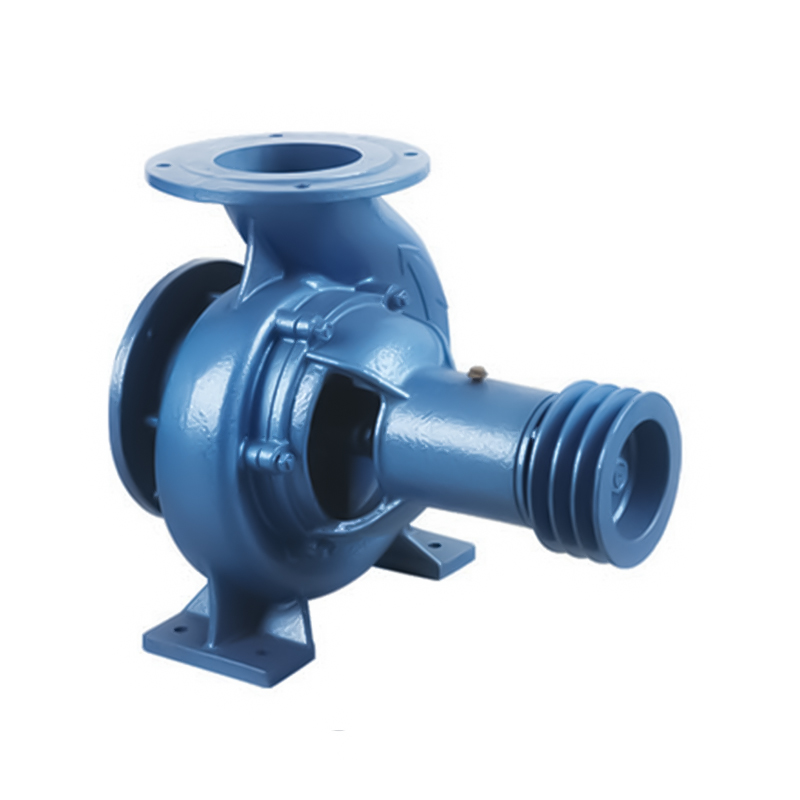
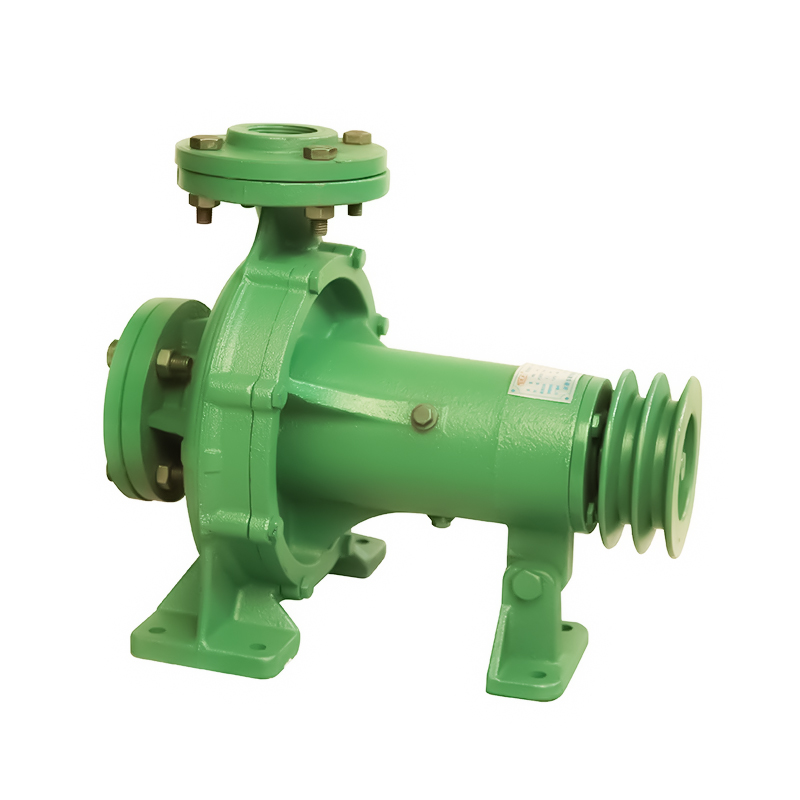

 Email:
Email:
 Phone:+86-13605899207
Phone:+86-13605899207

